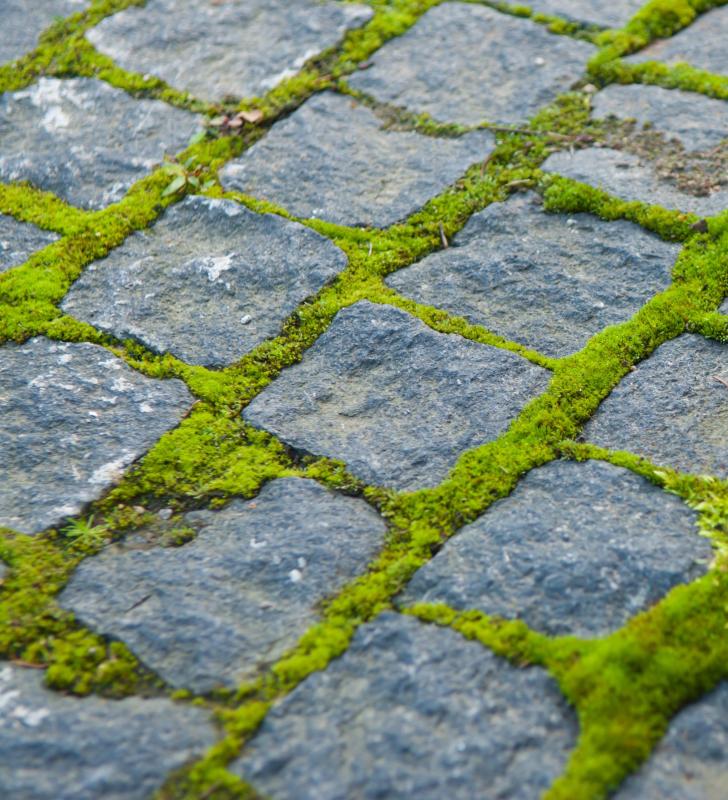At HomeQuestionsAnswered, we're committed to delivering accurate, trustworthy information. Our expert-authored content is rigorously fact-checked and sourced from credible authorities. Discover how we uphold the highest standards in providing you with reliable knowledge.
What are the Different Types of Block Pavers?
Block pavers are used for accenting patios, walkways and driveways. They come in a variety of materials, with the most popular including brick, concrete, stone, travertine and flagstone. The type a person chooses depends upon the design, shape, color and various other benefits he desires.
Brick pavers are one of the most popular of the block pavers, due to the fact they are environmentally friendly and low maintenance. Brick pavers are made from natural clay and are easily cleaned with detergent, water, and a scrub brush. They are most often used for pedestrian walkways and vehicle driveways, as they are slip and skid resistant. They come in a variety of shapes to include keyhole, fan, X- shaped pavers, W-shaped and parallelogram pavers. Available colors include earthy, natural tones and blends of red, green, browns and buffs.

Concrete pavers are recommended for people who live in areas with extreme hot or cold temperatures, as they allow for a small amount of movement without cracking and they resist deterioration. They move and flex with changing soil conditions, allowing the surface to keep a streamlined appearance. Concrete pavers are available in a large variety of shapes, such as pentagons, fans, hexagons, octagons, parallelograms, keyhole-shapes, X-shapes and W-shapes. These block pavers come in an endless variety of colors, including yellow, pink, brown, stone, white and sand.

Stone block pavers are obtained by being mined at a quarry or collected from a rock outcrop. Because they aren't manufactured at a plant, and are therefore difficult to obtain, they can be very expensive. Some examples of stone pavers are granite, limestone, marble, sandstone, porphyry and bluestone. Granite and limestone are the perfect pavers for pool decks, as they provide a non-slip surface, when left unpolished. Marble, sandstone, porphyry and bluestone are great for accenting patios, walkways, fireplaces and bathrooms. The various shapes include square, rectangle, hexagon, octagon, circular, serpent, diamond, oblong and irregular
Travertine, a solid form of calcium carbonate, is used for walkways, driveways, patios, and around the pool, as it keeps cool in direct sunlight. When travertine is installed, it can be guaranteed it will last a lifetime, due to the fact it improves with age, instead of deteriorating. These block pavers are available in a wide variety of colors, to include cream, beige, noce, peach, pink, gold, yellow, ivory, chiaro, moon, scabas, walnut and Iranian white.
Flagstone is a type of block paver that can be used indoors and outdoors. Like travertine, flagstone doesn't absorb heat, which makes it the perfect paver for use around the pool. It will not crack in areas of snow or frost, making it perfect for use as a driveway or other areas of high traffic. Flagstone is low maintenance, easy installed and is guaranteed to last at least 30 years without need for repairs. Flagstone is available in many shapes, including rectangles, squares, Appian, uni decor, hexagonal, diamond turf and spectrum.
AS FEATURED ON:
AS FEATURED ON:












Discuss this Article
Post your comments